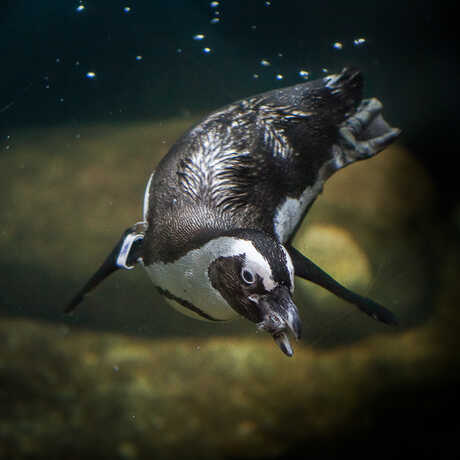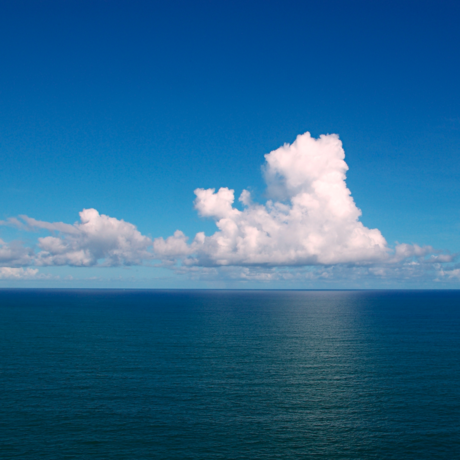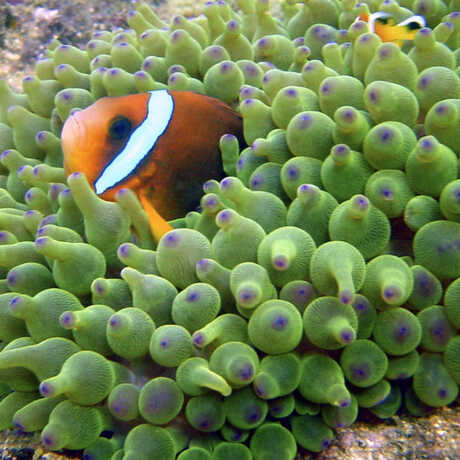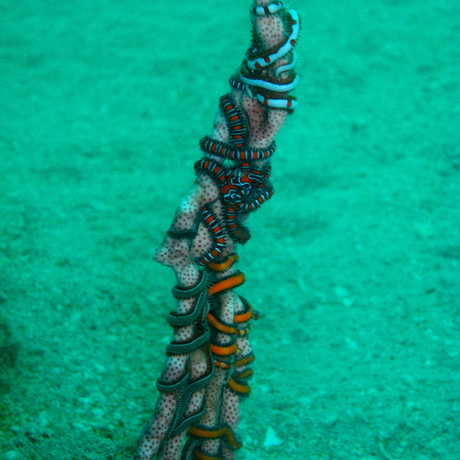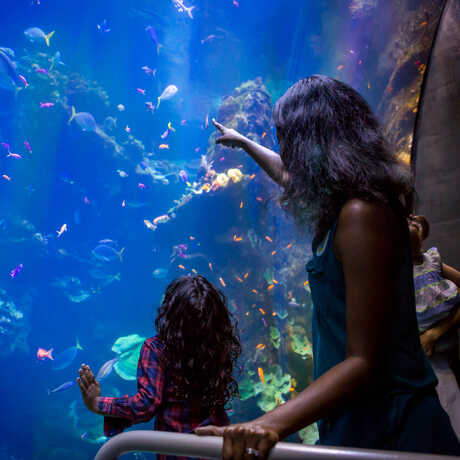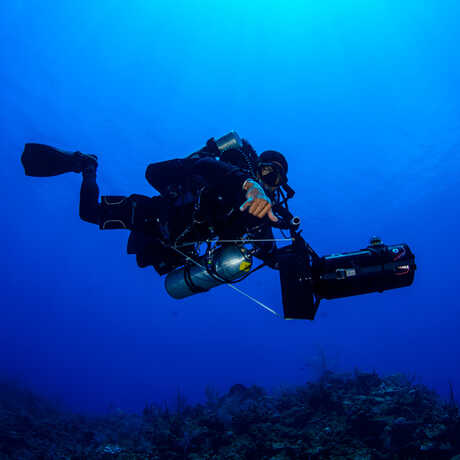Scientific Expeditions
Red Sea Biodiversity Survey

To those unfamiliar with coral biology, the Red Sea may seem like a paradox: thriving marine communities surrounded by dry desert. But because the air is arid and the water is clear, the algae that live inside corals are able to photosynthesize and provide the corals with nutrients. The result is an area with astonishing biodiversity.
Three hundred reef-building corals and more than a thousand fish species call the Red Sea home. Many are key resources for nearby coastal communities, but human development near the sea’s shores and destructive fishing practices are big threats to this rich marine habitat. In 2012, Academy researchers joined a team of international scientists to explore and survey the waters of the Red Sea in an effort to document—and hopefully protect—this biodiversity before it disappears.
The Team

The Academy's Red Sea expedition was partly funded by National Geographic and included researchers Luiz Rocha, Associate Curator in the Department of Ichthyology, and Terry Gosliner, Senior Curator of Invertebrate Zoology and Geology. Collaborators included researchers from King Abdullah University in Saudi Arabia, James Cook University in Australia, and the University of Hawaii. Pictured: Luiz Rocha and former Academy post-doc Michelle Gaither.
Collecting Data for Conservation
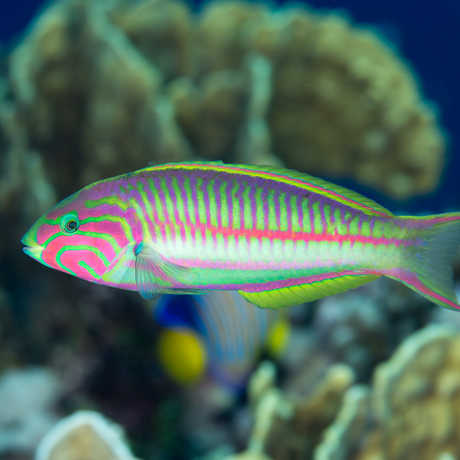
The Red Sea is a poorly studied region that is thought to contain a high number of endemic species. Rocha and his colleagues set out to do a general survey of the area, and to collect data that would support the claims of high biodiversity. They hope to use this data to advocate for greater conservation measures in the area.
A Secluded Sea
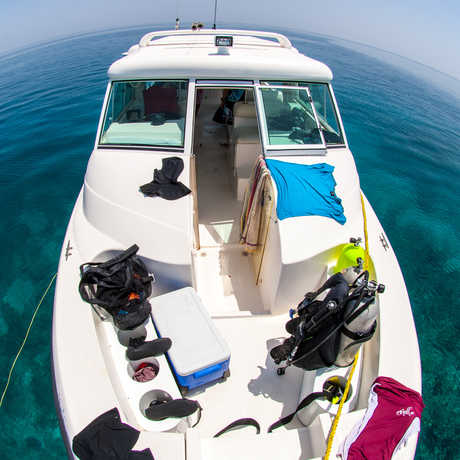
“The Red Sea has unique features that make it very interesting from a scientific perspective,” says Gosliner. The sea began forming 24 million years ago when the African and Arabian plates separated. Since then, the sea has been subject to periods of dryness, hypersalinity, and isolation. During the last Ice Age, for example, the strait between mainland Africa and Yemen (which connects to the Indian Ocean) became exposed, creating a barrier. This and other environmental changes were likely responsible for much of the endemism seen there today.
Fish Diversity

Rocha studied the genetics of seven fish species found in the Red Sea to see how closely related they were to similar species in the Indian Ocean. By looking for patterns in their DNA, he discovered not just that some fish species were more recently diverged than others, but that levels of endemism and biodiversity in the Red Sea are even higher than previously suspected, and that the sea potentially “exports” this biodiversity to the larger Indian Ocean. In light of this new data, Rocha recommended that conservation priorities for the Red Sea be greatly enhanced.
The Department of Ichthyology is home to one of the largest and most important collections of fishes in the world, and is designated as one of eight International Centers for Ichthyology in North America. Meet the researchers, explore projects and expeditions, and more.
Be mesmerized by colorful coral reef fish, soaring stingrays, and adorable African penguins—streaming live to your device, 24/7.
